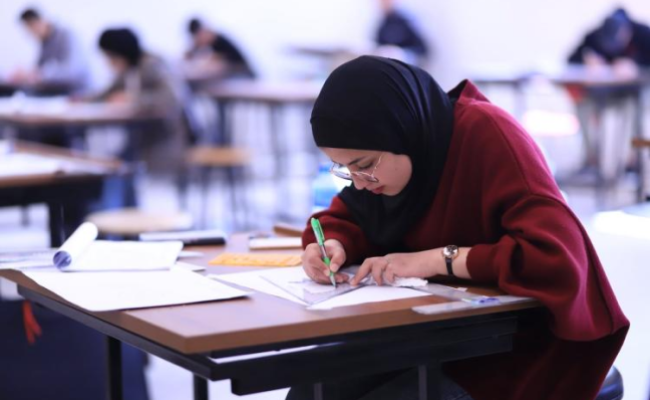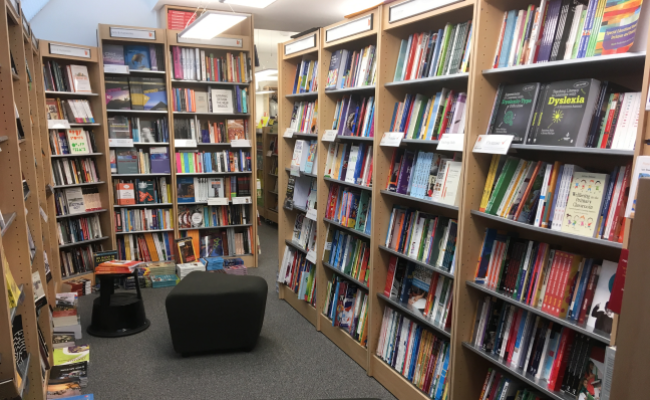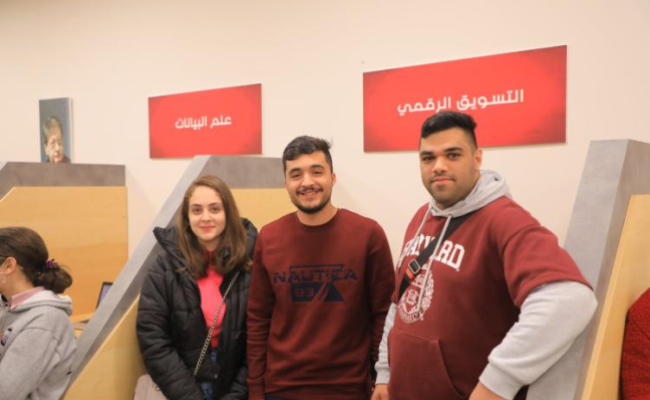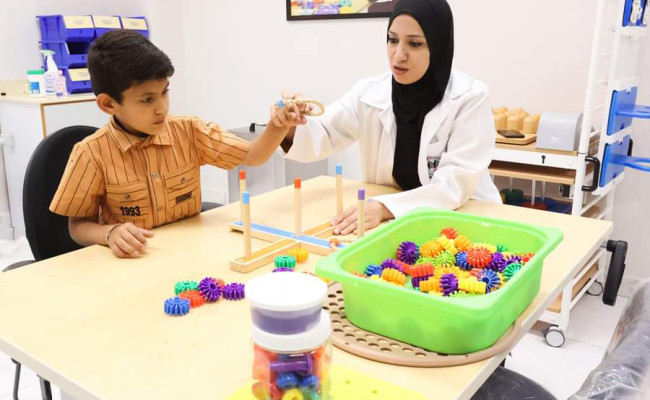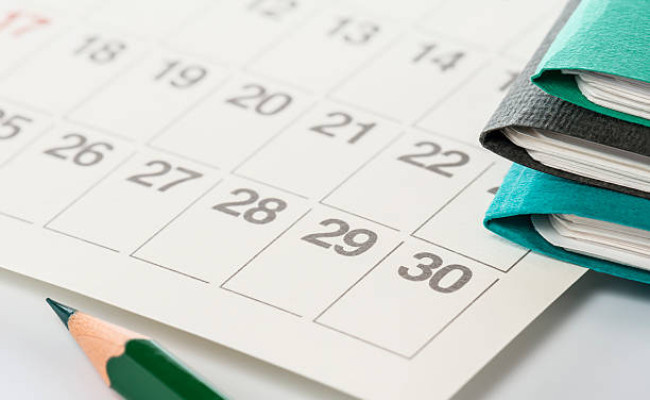Abstract: Causative correction of skeletal malocclusions is achieved through bite–jumping by various means. Numerous animal experiments yielded evidence of rebuilt temporomandibular structures after mandibular protrusion. However, the mode and extent of structural and/or topographic changes of the disco-condylar relation after functional orthopaedic treatment is still an issue at stake. A problem exists in defining the physiologic (centric) position of the condyles and the proper disco-condylar relation which is tentatively determined by various methods particularly in MRI studies. Despite the high resolution provided, the results have to be interpreted with caution, as osseous resorption and apposition can not be assessed by visual evidence. In this article a prospective study is presented which proves the effectiveness of the “Wuerzburg concept“, i.e. bionator plus extraoral traction and up-and-down elastics, and its impact on the temporomandibular joint. The underlying reactions are studied by means of MR images obtained from sucessfully treated patients.
Authors
Nezar Watted
Muhamad Abu-Hussein
Emil Witt
Peter Proff
Benjamin Shlomi
Festila Dana
Pages From
0
Pages To
0
Journal Name
IOSR Journal of Dental and Medical Sciences (IOSR-JDMS)
Volume
14
Issue
11
Keywords
Keywords: Disc displacement, internal derangement, posterior disc displacement, temporomandibular disorders
Abstract
